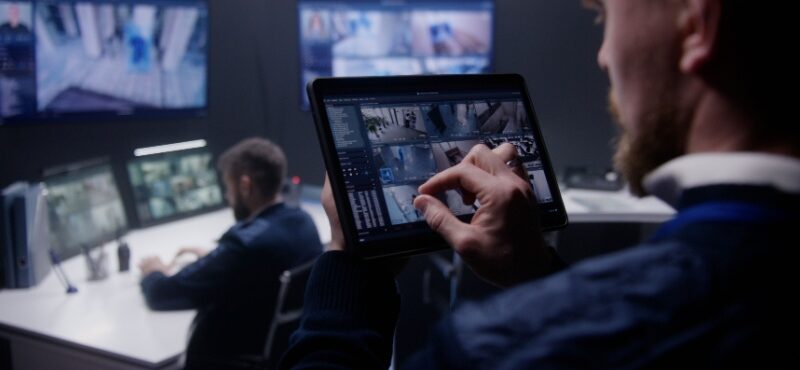Managing a fleet—whether it’s for logistics, construction, delivery, or public service—comes with a unique set of challenges. From protecting high-value cargo and ensuring driver safety to reducing liability and optimizing operations, business owners and fleet managers are under constant pressure to monitor activity in real time. In this environment, video surveillance has emerged as a powerful and essential tool.
Fleet-based businesses are increasingly turning to onboard video surveillance systems to gain visibility, mitigate risk, and improve overall accountability. With technology such as dash cameras, in-cab monitoring, and integrated tracking systems, businesses can operate more efficiently while protecting both assets and personnel.
Improving Driver Safety and Behavior
One of the most immediate benefits of fleet surveillance is its ability to promote safer driving habits. When drivers know they are being recorded, they tend to adhere more closely to traffic laws and company policies. Dash cameras and in-cab monitoring systems can capture risky behaviors like distracted driving, speeding, or not wearing a seatbelt—issues that might otherwise go unnoticed until it’s too late.
Video footage also provides critical insight in the event of an incident. If a driver is falsely accused of aggressive driving or causing an accident, recorded video can quickly clear up misunderstandings and demonstrate the facts. This protects not only the driver’s reputation but also the business’s legal and financial standing.
Reducing Liability and Protecting Against Fraud
Fleet vehicles are often on the road in high-traffic areas and at all hours of the day, making them more susceptible to accidents and insurance claims. Unfortunately, they can also be targets for staged accidents or fraudulent claims.
Video surveillance offers objective, time-stamped footage that can be used to defend against false accusations. If a crash occurs, the company can access real-time visuals and sound to determine exactly what happened. This reduces the risk of costly settlements and inflated insurance premiums, and it gives insurers the evidence needed to process claims more efficiently.
Enhancing Cargo and Asset Security
In industries such as delivery, logistics, and construction, cargo theft and equipment misuse can lead to significant financial losses. With onboard and exterior cameras, businesses can monitor vehicle activity from the moment a load is picked up until it’s delivered. This not only helps verify chain-of-custody but also deters potential theft or tampering.
Surveillance footage can also be paired with GPS tracking systems to monitor vehicle stops, door access, and route deviations, creating a comprehensive security solution for high-value assets. In the event of cargo loss or vandalism, having video evidence can help identify culprits and support investigations.
Monitoring Operations in Real Time
Today’s fleet surveillance systems aren’t limited to recording—they also offer real-time remote viewing and alerts. Managers can log into secure platforms to watch live feeds, check on driver performance, and respond to situations as they happen.
This level of visibility allows for more efficient dispatching, faster decision-making, and tighter quality control. For example, a supervisor might use live video to confirm a driver is at the correct location or ensure loading procedures are being followed properly. Real-time alerts can also notify managers if a driver strays from their assigned route or engages in unsafe behavior.
Supporting Training and Compliance
Video footage isn’t just reactive—it’s a valuable tool for training and policy reinforcement. Businesses can use real footage to highlight both good practices and teachable moments, creating training modules that reflect real-world scenarios.
Additionally, if your fleet must comply with industry regulations—such as those from the Department of Transportation (DOT) or OSHA—surveillance footage can demonstrate compliance during audits or reviews. It also serves as documentation in the event of internal investigations or labor disputes.
Improving Customer Service
In customer-facing industries like delivery or shuttle services, video surveillance can help resolve service disputes quickly. If a customer claims a package was not delivered or reports an issue with a driver, video footage provides an objective record that can verify the details.
This level of transparency not only strengthens trust with customers but also helps companies maintain service quality and identify where operational improvements are needed.
A Smart Investment for Fleet Operations
For fleet-based businesses, video surveillance is more than just a security feature—it’s an all-in-one solution for risk management, safety, and operational efficiency. With the ability to monitor, protect, and optimize fleet activity in real time, businesses gain the visibility and control they need to stay competitive and secure.
If your business is looking to improve fleet safety, reduce liability, and gain better oversight, contact Highland Wireless now to learn how fleet surveillance solutions can support your goals and safeguard your operations.

